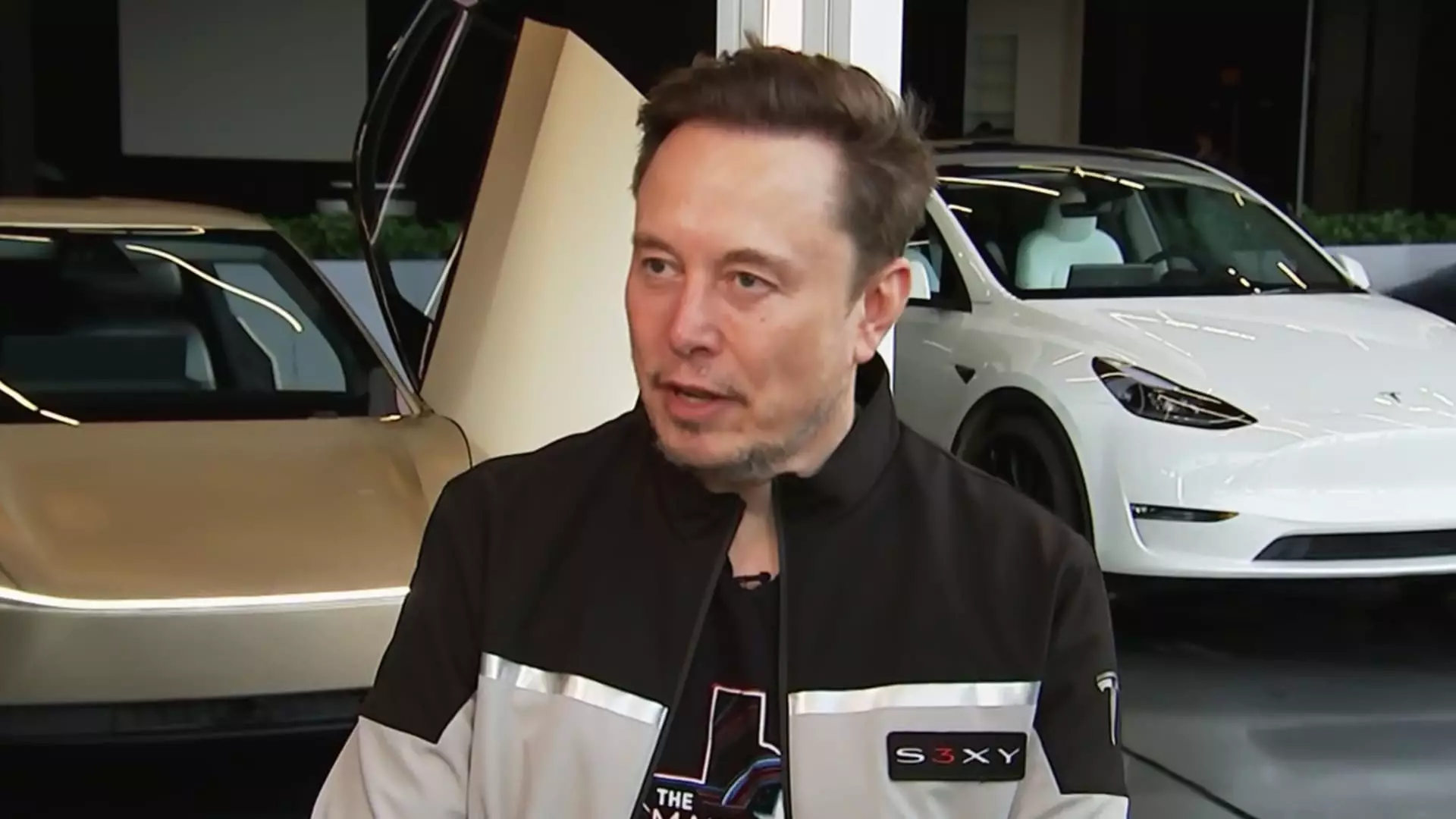Elon Musk, the visionary CEO of Tesla, has reaffirmed his commitment to artificial intelligence and robotics with an announcement that has sent ripples through the automotive and technology industries. By the end of June, the streets of Austin, Texas, are poised to host Tesla’s groundbreaking robotaxi initiative, which Musk claims will revolutionize the way we perceive transportation. With plans to subsequently expand to major metropolitan hubs like Los Angeles and San Francisco, this underlines Musk’s relentless pursuit of innovation in autonomy. However, while excitement surrounds this groundbreaking technology, skepticism lingers, especially considering the previous lofty promises from Tesla over the years.
The Launch: Cautious Optimism
The initial deployment will consist of a mere 10 Tesla Model Y vehicles that are set to operate without a human safety driver. Tesla’s decision to start small and scale up reflects a pragmatic approach—acknowledging past challenges while also signaling confidence in their evolving technology. Musk emphasized that the vehicles will be geofenced, which means that their operational area will be limited. This cautious optimist approach aims to facilitate a controlled environment for the rollout, meticulously monitored by Tesla employees from a distance. The emphasis on remote monitoring is expected to minimize risk factors while allowing for a hands-off experience for users.
Despite previous delays and unmet timelines around self-driving capabilities, Musk insists that the stars may finally align for Tesla. As history has shown, the road to developing a safe, fully autonomous vehicle is fraught with hurdles. Yet Musk’s unwavering belief in Tesla’s “full self-driving” (FSD) features, particularly the latest version known as FSD Unsupervised, raises both eyebrows and anticipation.
Tech Specifications: Camera-Centric Approach
One of the distinguishing features of Tesla’s robotaxi system is its reliance on camera-based technology rather than complex lidar systems or radar. Musk argues that traditional sensor technologies could inhibit scalability due to their high costs and complexity. This approach aligns with a philosophical belief that artificial intelligence paired with neural networks will yield superior results as it evolves and learns from real-world conditions. The idea of a camera-centric autonomous vehicle underscores Musk’s ambition to make robotaxis an everyday reality, despite technological limitations that have subjectively hindered competitors like Waymo.
Musk’s confidence in camera systems is emblematic of a larger technological shift, from sensor-heavy systems to more versatile, software-driven solutions. This paradigm shift could not only lower production costs but also democratize access to self-driving technologies, allowing for a more widespread deployment of robotaxis.
Political Backlash and Consumer Sentiment
However, the robotaxi initiative is not without challenges. Alongside the technical and operational hurdles lies the ever-controversial figure of Musk himself. His close ties to political figures—most notably during the Trump administration—have incited criticism and raised questions about consumer sentiment towards Tesla. Musk faced inquiries about how his personal beliefs and political engagements might affect procurement decisions among consumers. He alluded to the notion that most customers prioritize product quality and functionality over the political affiliations of corporate leaders. Yet one can’t help but wonder if the tides of consumer preferences might turn, especially among younger, increasingly politically conscious demographics.
Despite recent news of declining electric vehicle sales—a reported 20% drop in automotive revenue in Q1 2025—Musk has asserted that demand is on an upward trajectory once again. The challenges posed by factory retooling are temporary, or so he claims. Whether this holds water remains to be seen in an evolving marketplace characterized by rapid technological advancements and shifting consumer priorities.
The Road Ahead for Tesla
As Musk declares his intention to lead Tesla for the next five years, the convergence of Tesla’s technological aspirations and the political landscape adds layers of complexity to the narrative. With a net worth estimated at around $376 billion, Musk embodies the paradox of corporate leadership in the modern age—transformational yet divisive. Whether Tesla’s robotaxi initiative marks a pivotal change in urban transport or becomes another chapter in the long saga of unmet Tesla promises remains to be seen.
While optimism and ambition reign supreme at Tesla, the proof may well lie in the operational effectiveness of these robotaxis rolling through the bustling streets of Austin, embodying a future that Musk believes is not too far away.

